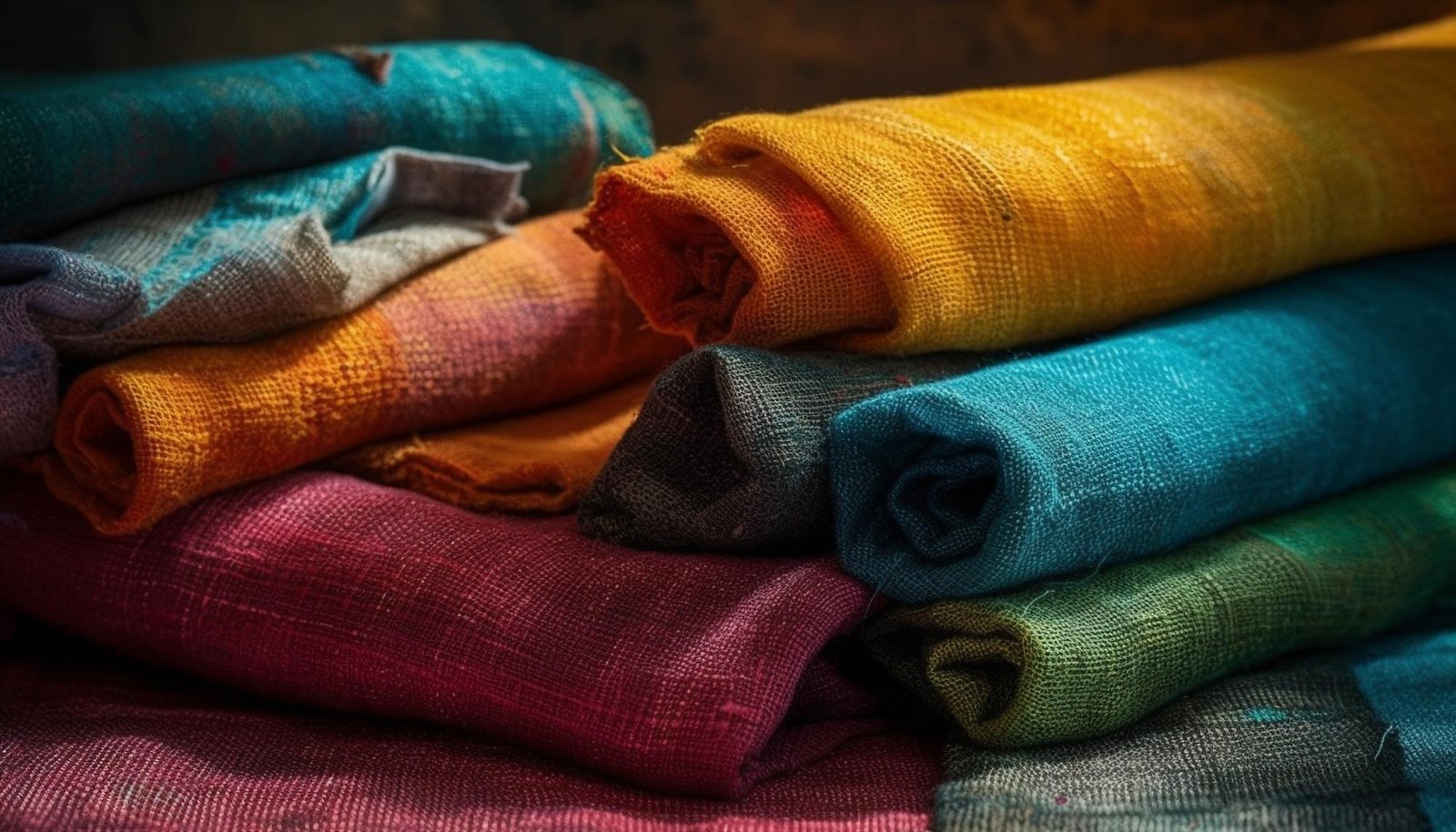Top 10 Most Sustainable Fabrics Of 2023
“There is no beauty in the finest cloth if it makes hunger and unhappiness.” Mahatma Gandhi, regarded as one of the most influential people in world history, is known for his fight for the independence of his country while preaching nonviolence and civil disobedience. People often forget about his principles of simple living and sustainability. In modern environmental and economic challenges, his views on responsible consumption and self-sufficiency are widely promoted today. Today, sustainability has taken a completely different route toward making our planet a better place to live for future generations. People are switching to sustainable and eco-friendly practices in their day-to-day lives, including food, clothing, commuting, etc. In short, we are choosing products that are low-impact on the environment. The fashion industry is becoming increasingly innovative today by creating new textiles and sustainable outfits in unique ways, including pineapple rinds, coconut husks, apple peels, etc. These can be considered lower-impact fabrics based on their water requirements, biodegradability, landfill waste, and many other factors. In this article, we will discuss the various sustainable fabrics gaining popularity and recognition because of their unique properties. Let us explore now with Echo Earth, a budding pioneer in the manufacturing and supplier of hemp clothing, India. 1. Organic Cotton Organic cotton is considered to be the best natural fabric today because it uses almost no amount of harsh chemicals in cultivation. Not only farming but the processing is also done without using any chemicals. This cotton farming is water efficient and requires less water than conventional cotton farming. Various certifications are available for organic cotton, but the most common one is approved by the Global Organic Textile Standard (GOTS-certified). Like conventional cotton, organic cotton is easily biodegradable and has a comparatively lower carbon footprint. Organic cotton is often compared to Khadi, which Mahatma Gandhi popularised during the struggle for Indian independence against British rule. Khadi is also made from natural cotton but uses traditional handwoven & handspun techniques, while organic cotton is made using modern-day machinery. 2. Hemp A member of the Cannabis Sativa family, hemp has gained popularity in the last few decades. The hemp crop is a low-impact crop that uses minimal water and no insecticides or pesticides in its growth. It also improves the overall soil health. The hemp cloth is stronger and more durable than organic cotton and, therefore, can last many years before you discard it in nature again. It can be used to make clothing and home furnishings. Hemp is a highly eco-conscious choice that reduces overall environmental impact. Besides fabrics, it is also used in the paper & pulp industry and biofuels to maximise resource usage. 3. Tencel (Lyocell) Often sourced from the wood pulp of eucalyptus or beech trees, Tencel or Lyocell is extremely sustainable because of its eco-friendly production. This can be easily grown on low-grade land where you cannot cultivate food crops. The manufacturing process follows a closed-loop system, which results in reduced chemical waste and lower environmental impact. Fabrics made from Tencel are highly sustainable, with a very soft texture and good breathability. Many fashion brands are using it today to create a sustainable clothing line. It can be slightly higher on the pricing point compared to organic cotton and hemp. 4. Bamboo The secret to bamboo’s sustainable nature lies in its fast growth. It is known for its rapid growth while requiring minimal water and chemicals. The processing is similar to that of Tencel, which uses a closed-loop manufacturing process. However, the processing of bamboo viscose may use some chemicals that can reduce the overall sustainability compared to the other fabrics. 5. Soy Silk (Tofu Fabric) Obtained from the byproduct of tofu and soybean oil manufacturing process, soy silk today is considered one of the most sustainable fabrics. The water residue from soybean processing is processed and later converted into a soft, silky, hypoallergenic fabric. Since it is a byproduct and results in the utilisation of maximum resources, soy silk reduces the overall carbon footprint. Even the processing and production part has low energy consumption and limited water usage. 6. Linen Obtained from the plant of Flax, Linen fabric is very similar to cotton in texture and feel. The crop of Flax is very sustainable as it requires minimal water and synthetic chemicals. It can even grow in the harshest of conditions with low rainfall. The processing and production of linen fabric ensured ethical and sustainable practices. Linen is known as the fabric of summer because of its high breathability and cooling effect on the skin. It is stronger and more durable than cotton and can last up to many years. 7. Piñatex Piñatex, commonly known as Pineapple leather, is made from the fibres of pineapple leaves. It is considered as an excellent alternative to the regular leather, and therefore is gaining popularity in the vegan fashion industry. It is promoted highly by animal welfare comunity as it is cruelty free and eco-friendly. The byproduct of the leaves from the pineapple industry goes through fibre extraction and bonding process to obtain the leather. It is used in accessories like bags, shoes, furnishings etc. The entire process uses very less amount of water, chemicals and energy. 8. Wool As we all know wool is obtained from animals naturally, it can be considered as a sustainable material. It is a natural fibre which is processed from fleece of the sheeps. With excellent insulating properties, wool has all the requirements that ticks off the sustainability bracket. The process of wool is energy efficient and there is no usage of chemicals. The fleece clothing is also durable and long lasting. Some might claim the sheep farming is exploitative in nature, but enough measures are taken to ensure ethical and humane practices. 9. Recycled Cotton As the name clearly indicates, this type of cotton fabric is recycled ad repurposed for us to use. After the various cotton articles are discarded, they are collected and processed again to make them usable. Instead of ending up in





